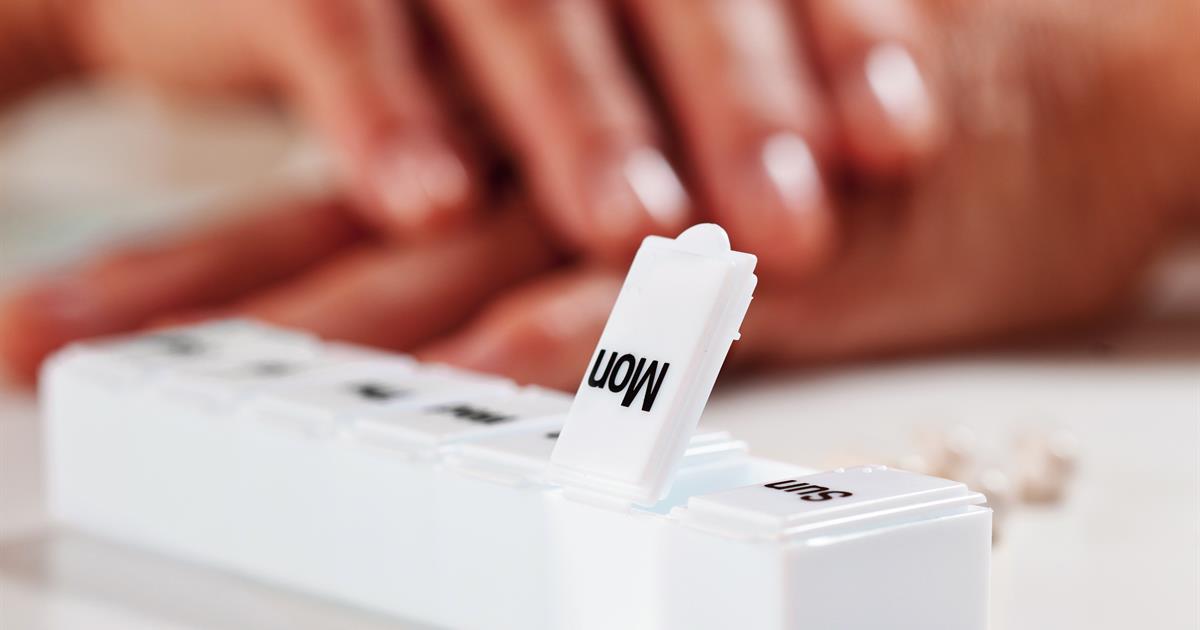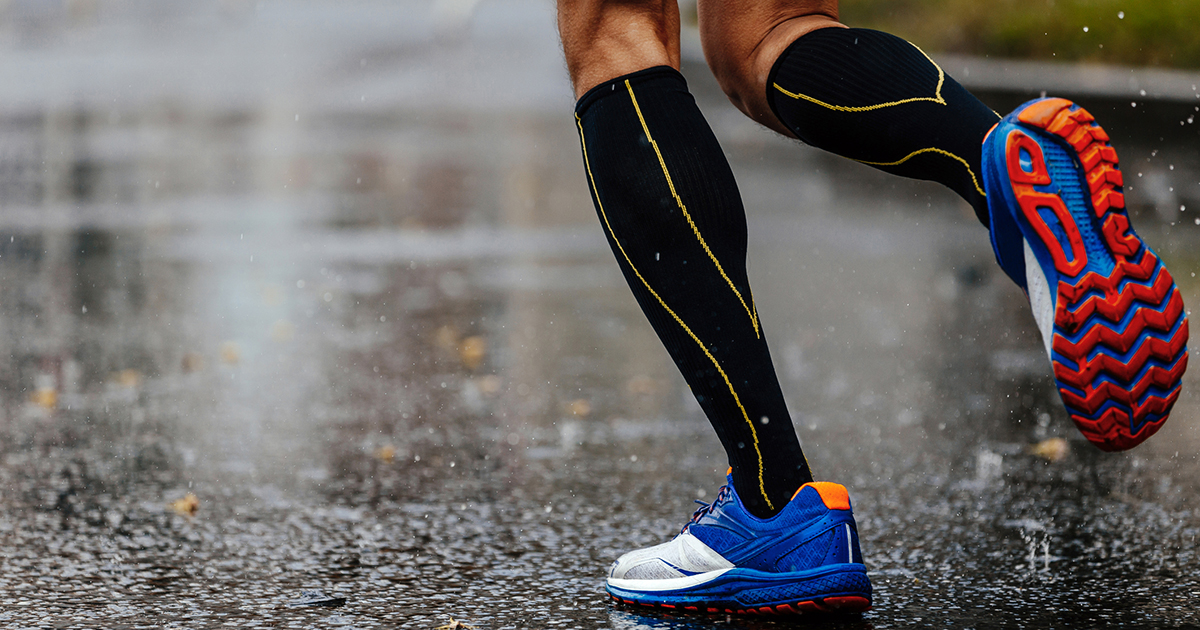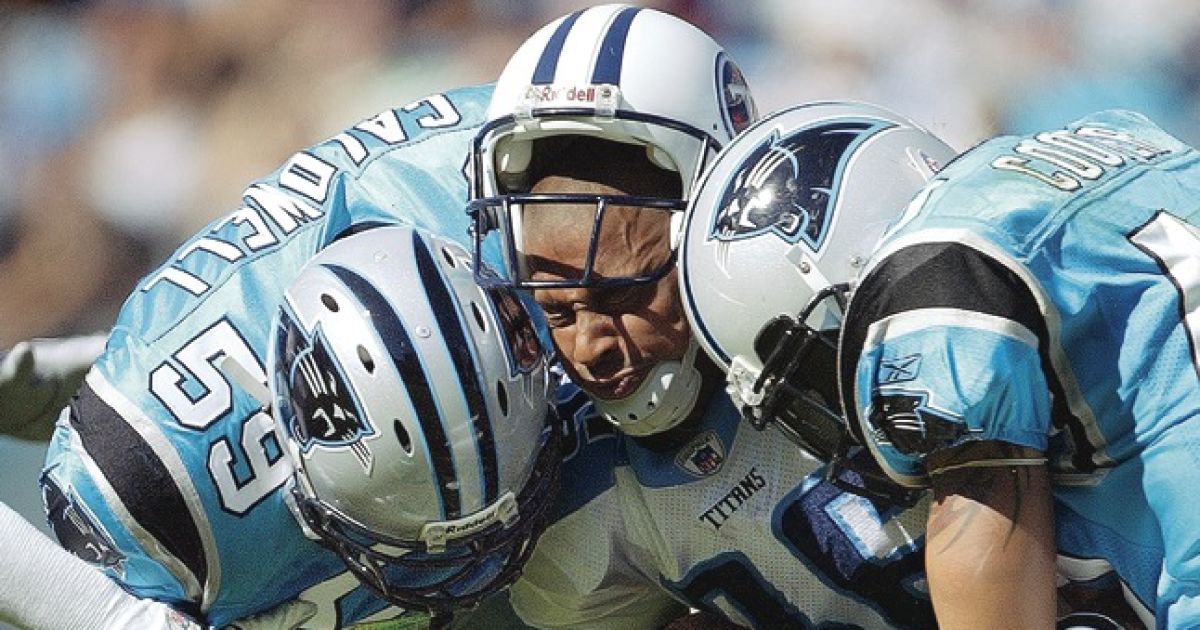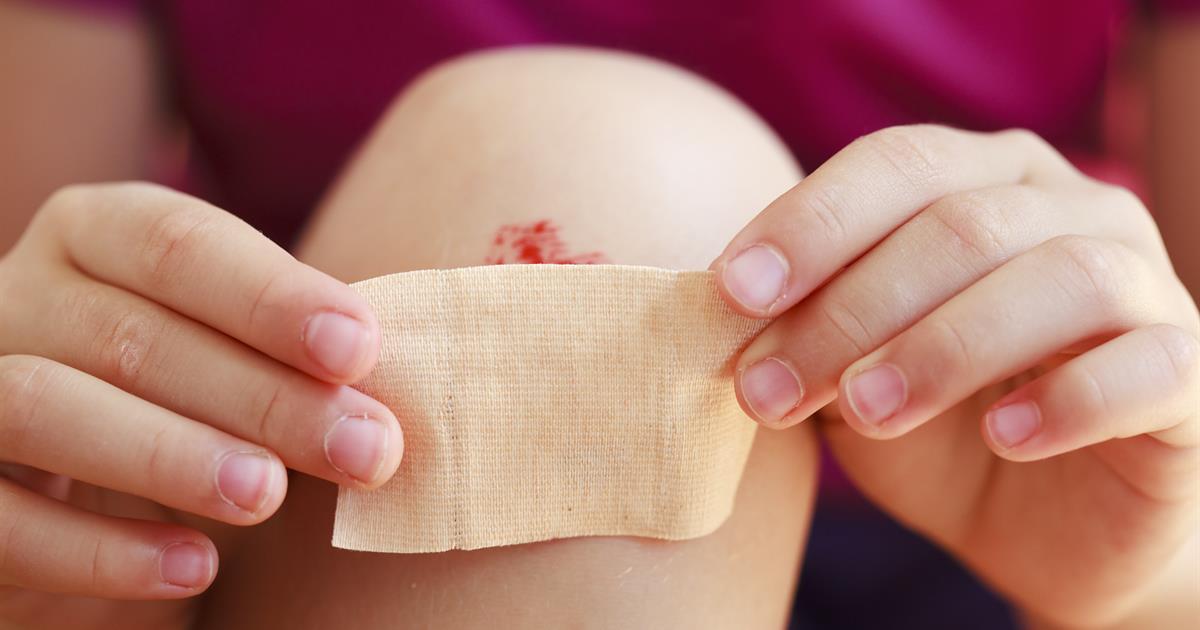Guide To Managing Factor V Leiden
Factor V Leiden is a mutation of the genes that causes impairment to the normal process of blood clotting. In a healthy individual who is bleeding, platelets and clotting factors or specific proteins form a clot to stop the bleeding. When the bleeding stops, different proteins tell the clotting factors to break apart so the clot can dissipate. With factor V Leiden, the impairment lies within the process that is supposed to occur when it is time for the clotting factors to break up. This impairment can lead to the excess blood clots breaking free and flowing throughout the bloodstream. Depending on where the blood clots travel to, they can cause life-threatening or minor problems. For example, when a blood clot moves into the brain and blocks blood flow, a stroke may occur. Although there is no cure for factor V Leiden, there are several ways to manage it.
Course Of Blood-Thinning Medication

When a blood clot has been discovered in an individual who has factor V Leiden, they may be prescribed a course of blood-thinning medication to keep it from resulting in life-threatening conditions. The use of these medications in an individual with this condition can lower the risk of having a heart attack, stroke, and other dangerous complications. While blood thinners do not actually thin the blood, they do stop blood clots from becoming worse. Blood thinners also prevent new blood clots from forming. There are two main types of blood-thinning medications: anticoagulants and antiplatelets. Anticoagulants work by expanding the amount of time it takes for the blood to clot. Antiplatelets work by stopping the platelets in the blood from sticking to each other and other tissues. By halting the clotting process before it really begins, these medications can eliminate the complications associated with factor V Leiden affected clot breakup process. Individuals with factor V Leiden will most likely not be on blood thinners for the long term, but they will take a course of them when a clot has been detected.
Wearing Compression Socks

Wearing compression socks is an excellent way to help improve circulation around the body in individuals who have factor V Leiden. Compression socks are tight and stretchy expertly made socks that have a gentle squeezing effect on the legs. Compression socks work by putting pressure on the legs to help enhance the function of blood vessels. Because the arteries that carry oxygenated blood to the legs have the ability to expand, the pressure from the socks helps to give the veins a boost in their function of moving blood back up to the heart. Better circulation can prevent the development of blood clots because the blood keeps moving and cannot pool in the veins. Compression socks are often used in healthy patients who do not have factor V Leiden following a surgical procedure to prevent blood clots during recovery. Factor V Leiden patients may need to wear compression socks for a certain amount of time each day to prevent further formation of blood clots.
Keep The Legs Moving

It is vital for factor V Leiden patients to keep their legs moving because the contraction of specific muscles in the legs have a direct influence on overall blood circulation. In order for an individual to maintain optimal circulation, the calf muscles must contract many times a day. Factor V Leiden patients should not lie down or sit for extended periods. The reason for this is because a decline in the effectiveness of blood flow will occur when an individual is sedentary for some time. Individuals with factor V Leiden should be getting around three hours of exercise per week. These exercises should involve high levels of movement in the legs. Activities like walking, swimming, and cycling are ideal for maintaining optimal blood circulation. In addition, consuming plenty of water will help keep the individual hydrated. Hydration is essential for the blood to maintain the correct consistency to facilitate proper blood circulation. Not only will the frequent leg movements keep blood clots from forming in the legs, but it will also prevent blood clots from forming in the rest of the body.
Avoid Playing Contact Sports

All individuals dealing with factor V Leiden should avoid playing contact sports to lower their risk of suffering even a minor injury. Patients being treated with blood thinners should make extreme efforts to avoid becoming injured. When an individual is on blood thinners, they often assume they only need to prevent lacerating their skin. However, internal bleeding or bruising can also occur with any type of injury, even if it does not break the skin. It is just as easy for an individual on blood-thinning treatment to lose a critical amount of blood from internal bleeding as it is with external bleeding. Individuals affected by factor V Leiden who are not on blood thinners also need to avoid contact sports due to the increased risk of becoming injured. When the body becomes injured in any form, the natural healing process will slow down overall circulation to cater to the damaged area. Slowed circulation will make it easier for the blood to form clots because the blood can settle in the veins. While frequent exercise is encouraged, working out in the form of playing contact sports is detrimental to individuals with factor V Leiden.
Be Cautious About Risk Of Wounds

Individuals who have factor V Leiden need to be cautious about the risk of wounds to the skin. Factor V Leiden causes the protein system that dissolves blood clots to malfunction. When the skin or any other external tissues are wounded, the blood naturally will begin to form a clot. However, the danger lies within what happens when the wound stops bleeding. When the wound no longer requires the clot, factor V Leiden patients will have problems breaking that clot down. The result is that the clot can break off of the healing wound, and it can flow freely throughout the bloodstream. However, if the wound to the skin or mucous membrane had not occurred in the first place, the mechanism the blood uses to clot would not be triggered. In addition, if a wound were to become infected, blood circulation would be impacted because of the process the body uses to fight off infections. Individuals being treated with blood thinners need to be cautious when it comes to skin wounds as well. Often times, even small and superficial skin wounds will need a form of medical sutures to stop the bleeding.
